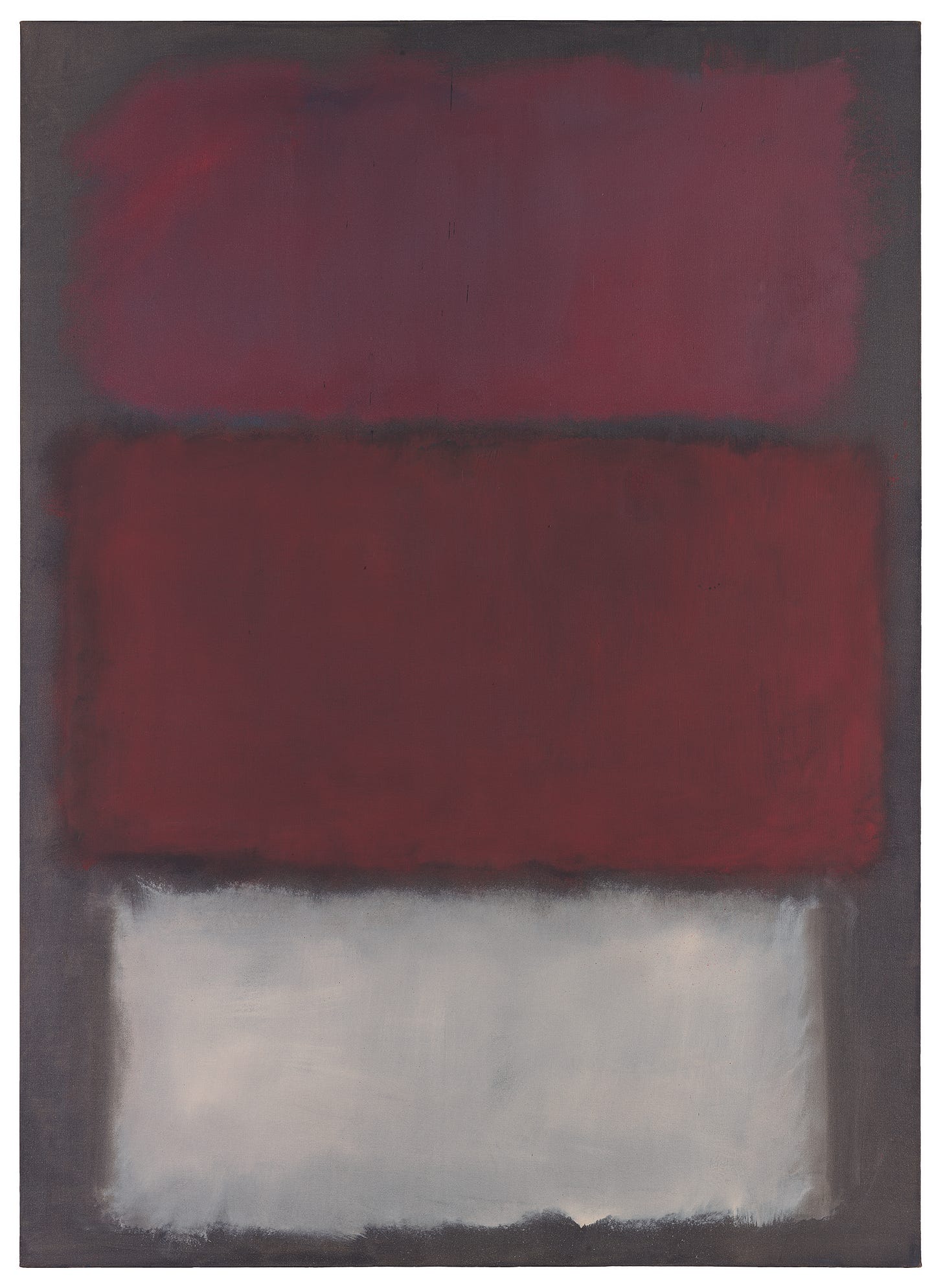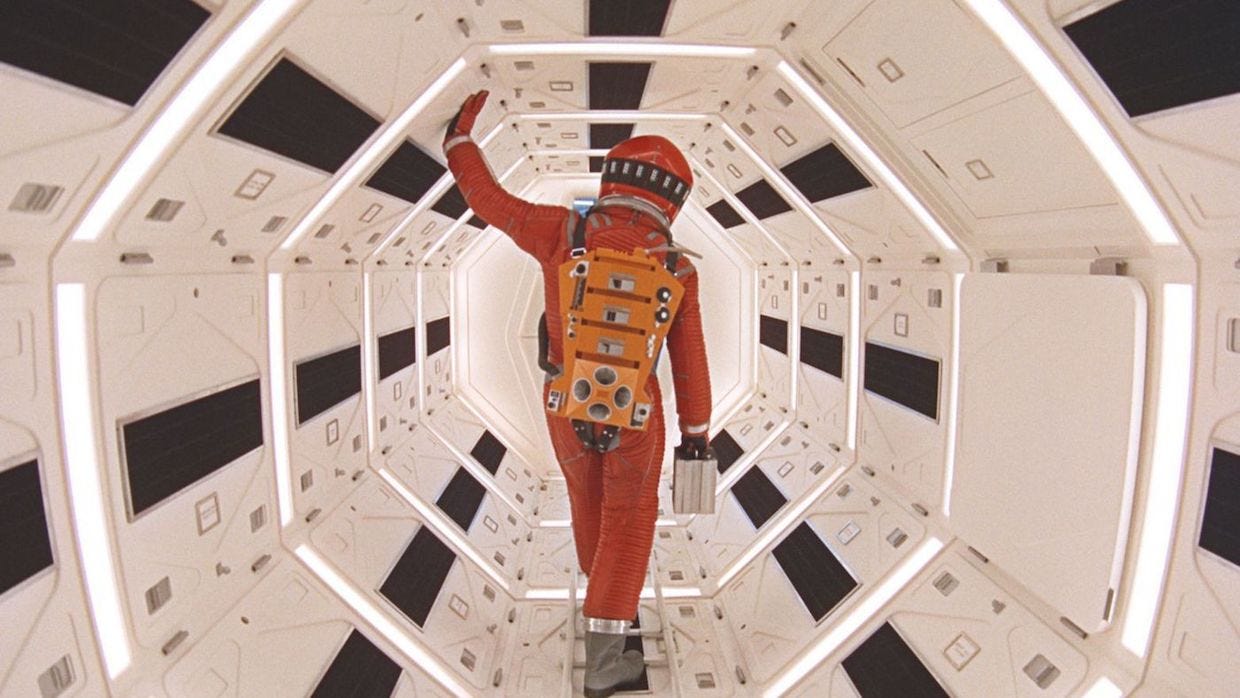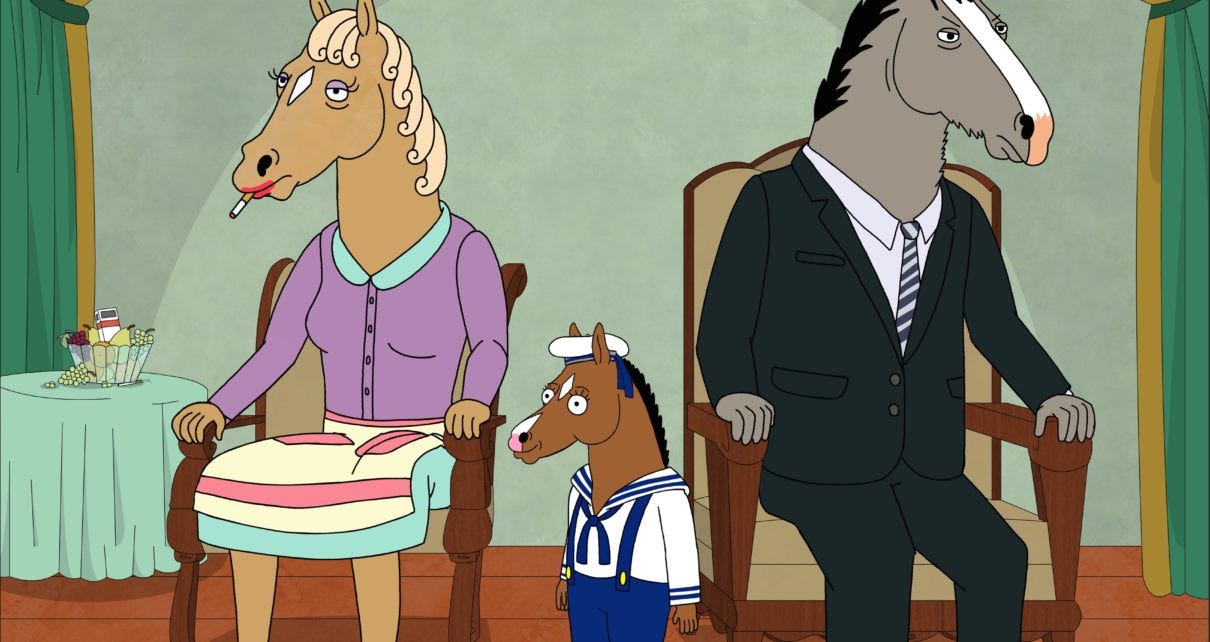I came across a tweet, that I can’t seem to find now, essentially saying that every generation is a post-apocalyptic one. Leaving us in a constant loop of destroying and rebuilding society.
Like much of life, these events are not singular flashes in a pan. But a simmering that builds to a boiling point. A chain of hundreds of narratives, thousands of key decisions, affecting millions of lives, pushing nations to war, companies to innovation, and me to a newsletter.

1989-1991: The Berlin Wall falls. The promise of globalism and connection.
2001: 9/11 strengthens the reach of nation states and in turn the private practice of surveillance capitalism. Would argue Google & Facebook are the canonical examples here.
2008: Financial crisis births the sharing economy. With massive unemployment (supply part 1) within a dormant asset rich country (supply part 2), Uber and Airbnb create a huge double-sided marketplace engine.
2016: The election of Donald Trump and the fracturing of truth. But what positive economic engine will it produce, as of right now… unclear.
If we were not already moving there technologically, I believe that the election of Donald Trump pushed us collectively towards a massive shift from “default trusting” to “default skeptic”. This is an observation that my friend Michael Dempsey first surfaced to me. It’s one of those observations when you hear it, is blatantly obvious and you’re frustrated you didn’t voice it first, but then you sit with it more and realize it’s quite profound. And the implications are both damning, but like everything else in American history, incredibly opportunistic.
Because this is the 2nd part of my exploration into the “digital third place”, I want to focus on how this is reverberating more in our social layers.

Current Social Status Is The Residual
I think Eugene Wei’s “Status As A Service” is a fantastic retrospective on how social games have progressed, but it would be a mistake to look at it for inspiration on how to build today. He hints at this himself here:
I suspect the frontier of social network strategy will draw more and more upon deep study of these adjacent and much older social capital games. Fashion, video games, religion, and society itself are some of the original Status as a Service businesses.
- Eugene Wei, Status As A Service
Status is the result of previous work, that can then act as a proxy for present merit. However - status must be referenced to, widely known, or symbolized in some way. On most social it can be a “verified” badge, follower count, streaks, a viral tweet pinned, or for a little more work… looking to see the quality of someone’s followers.
The problem with residuals, is that it can easily be faked/manipulated. I can have a one day layover in Greece, and take enough photos to make my trip look like a month on Instagram. Manipulation of the residual to play in this status game arena has brought a default skeptical nature to Instagram. A platform that was intended to be a visual documentation of our life.
As we take this to it’s logical ends, where every individual is a media company, and our own lives exists for the economic means of consumption… what does this do to not only our sense of connection and purpose, but the incentives that drive us to take any action -> STATUS X LOVE will make us do crazy things.


At scale, everything fractures it’s meaning. Takes on new meaning, sub-meaning, perhaps even no core meaning at all. But what is true about the dominant culture on our main social platforms, is that status games combined with its economic root in surveillance capitalism pulls at our very paranoia and abuse of our own actions.

Recently my girlfriend has been debating deleting Instagram all together. I understand this desire, as I think many do. For anyone that wants to understand why, I like using Dom’s tweet above as a reference for comparing Instagram Discover vs TikTok Discover.
I scroll through my Instagram Discover to find mostly style influencers, some digital art, and then memes. Some of which are TikTok videos. I scroll through my TikTok Discover, which is what the app opens to every time, to find a wide array of mostly teenagers copying other popular meme videos.
The tone here is extremely deliberate. The culture is centralized and understood. Everyone has a chance to go viral (it’s own little status game, but I would argue healthier). It is collective, not deeply individualist. Most TikToks are shot in messy bedrooms. Not a scenic coast with negroni in hand. A shared, achievable, expression format.
There’s plenty about TikTok that I simply thinks makes it very hit or miss for a product depending on your framing. The best framing I have for it is “mobile YouTube 2.0”. I also think that being a Chinese company should be taken into serious question on intention. What they are learning about American youth, how that is fed up to Chinese government, and whether or not // like many US internet companies in China // we should even let them operate in the US.
Social as we know it is based in the American millennial ideal. A sort of nihilism that posits that in the meaninglessness of life, the only truth is self. Therefore, as the genius of myself, I can create what is true for me as a consumption channel for others. This is the basis of our current digital status game and overarching influencer culture.
At its core, this game is not one of connection. Builders have been able to craft the narrative for connection, and users have been able to manipulate it for their benefit. But the spiritual need for a better social experience is still extremely apparent.
As we’ve moved from default trusting -> default skeptic, what we’ve seen become more interesting to participate in is the creation and consumption of process. Particularly process that allows us a definitive point of view, in collaboration with others, that is rooted in dialogue and expression.
This is best visualized through: dueting & threading video on TikTok, every podcast, the continued growth of Snapchat, and in some ways the growth of personal newsletters.

Cinematic Process
I was looking through my Snap memories, and I came across one from senior year at college. A friend and I had grabbed margaritas, and I took my phone out pretending to take a selfie of us. When in fact I had started to record a video. Once she noticed I was recording a video and not a photo, she started laughing out of embarrassment and tried to get out of frame.
Our lives are stitched together through these small cinematic moments, and we are increasingly pushing for ways to capture these stories to share more meaningfully. Through stories we build empathy and awareness, and this is the basis of connection.
The technology around creating these stories has increasingly improved and elevated our ability to convey these moments. On the same device (iphone 5), “Tangerine” was shot by Sean Baker and I’m sure later that day he posted a photo on Instagram.
Even through our default skeptic nature, we still want to believe in something. Feel something. Connect with something. Video, showing process, not simply a static residual… is becoming a primary mechanism for this relationship between expression and connection. However, video as a mechanism for process and authenticity, is also extremely performative.
Why is this? Put simply, our current channels for video creation and consumption are skeuomorphic to television. I haven’t ever created a TikTok. I simply sit and consume TikTok (mobile YouTube 2.0). Building through this optimized consumption lens will never allow us to use video as a wider mechanism for connection. The same way that writing for many people is a hard form of expression, or hearing our own voices can be distasteful… video operates in the same blocking manner.
The Freedom Of Kayfabe
In professional wrestling, kayfabe /ˈkeɪfeɪb/ (also called work or worked) is the portrayal of staged events within the industry as "real" or "true", specifically the portrayal of competition, rivalries, and relationships between participants as being genuine and not of a staged or predetermined nature of any kind. The term kayfabe has evolved to also become a code word of sorts for maintaining this "reality" within the direct or indirect presence of the general public.
- Wikipedia
I believe we are constantly in search of the right abstraction to lead us through life. A larger set of rules or values to act in for peace of mind. In this peace of mind we hope to be, what we know as, ourself.
In an age where Trump tweets casually about war with Iran, the psychological burden of determining what is real is flooding the public psyche beyond repair. And for a younger generation that witnessed, beyond their control, the break from Obama to Trump… how do we codify what that feels like.

Animation strips away our grounded expectations of reality, in order to construct an analogous world that lets us explore the same themes. Through this elevation we are able to create, at times, even more authentic stories that help us see what couldn’t always be told directly to us. And through the abstraction we open the door for more to experience, the mascot effect. The freeing of self, due to the loss of direct visual representation of self.
Yet, technologically, we haven’t created this ability for our own sense of expression and connection in the same way we have with text/photo/video.
I said in my last piece about third places that:
The nature of space makes for a good source of meditation. It is the setting for flow. The vessel for congregation. And helps creates context for self.
I believe that 2020 will be known for two abstractions in consumer internet:
The abstraction of presence, facilitated through voice/audio interaction.
The abstraction of what we look like in digital spaces through avatars.
Putting the abstraction of identity through avatars in the larger framework of animation has been the source of my current meditation with Eternal.
For more on animation past, present, and some future. Read Dempsey’s most recent blog post ….. … … ……. here.
I can’t think of a better overarching product philosophy for our current culture than surrealism. Current consumer AR and VR hints at this, but if we believe we’ll be spending more and more time across a virtual continuum, then this space is extremely large.
I think this is a good place to pause and pick up for next time.
Thanks so much for giving me your attention. I hope it was worth it, if not… unsubscribing will not hurt my feelings, and will give you back time you literally cannot have back.
Much love.


